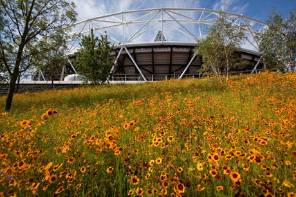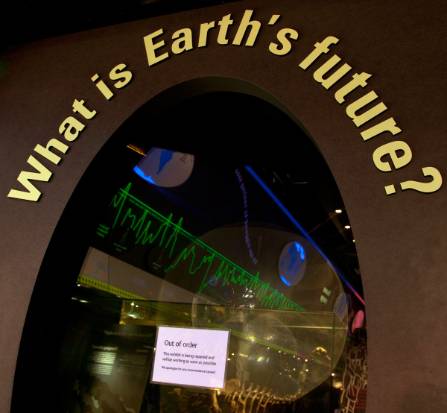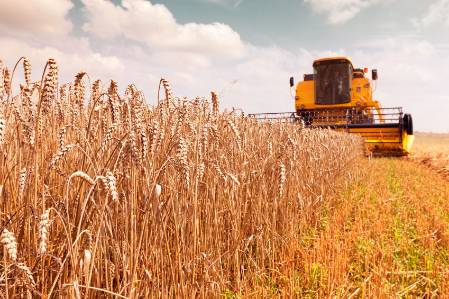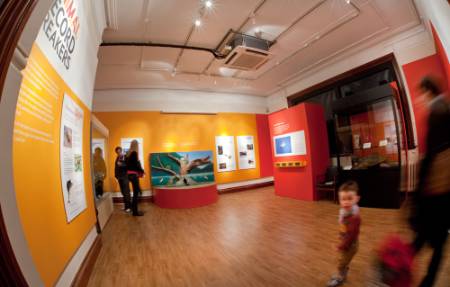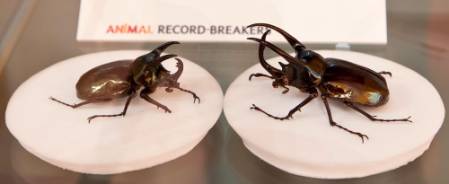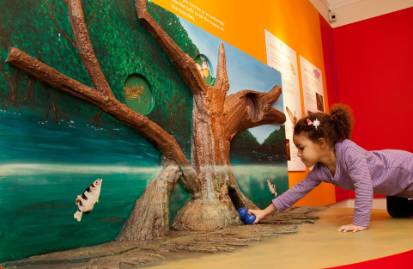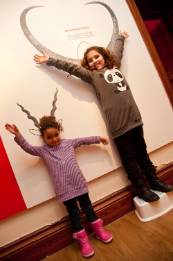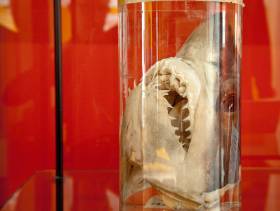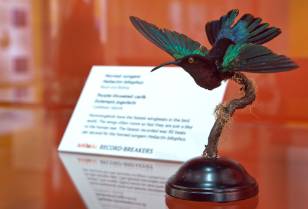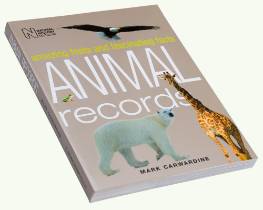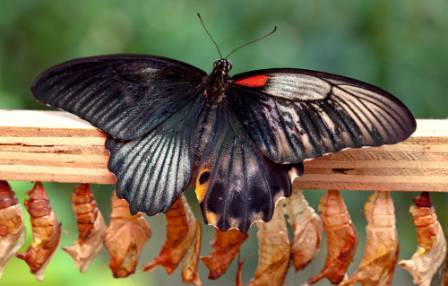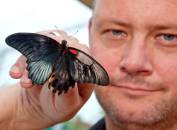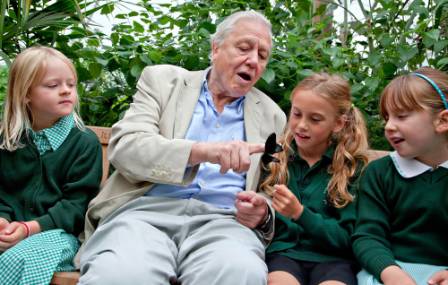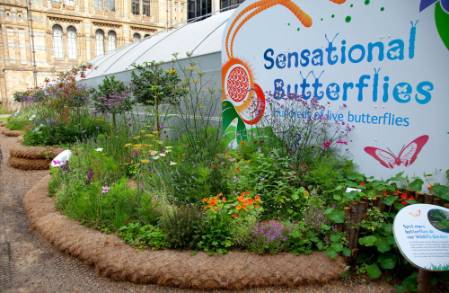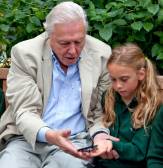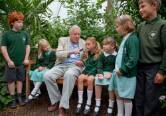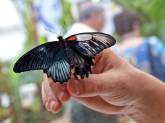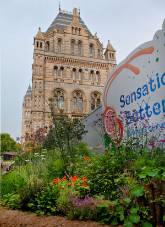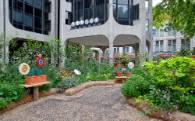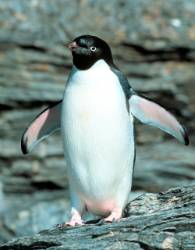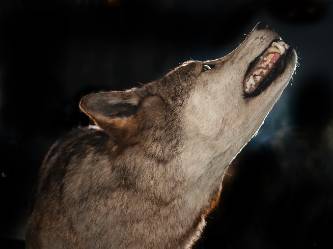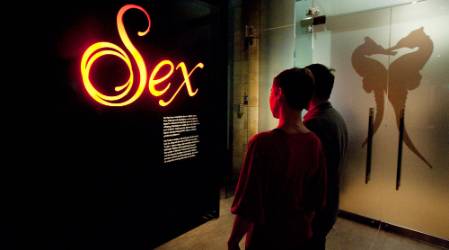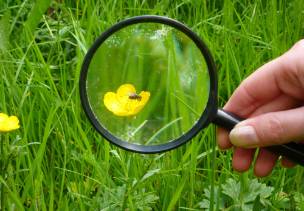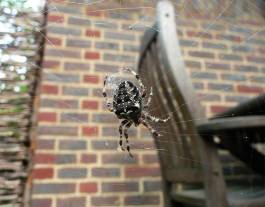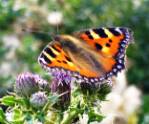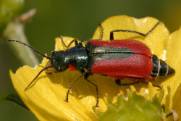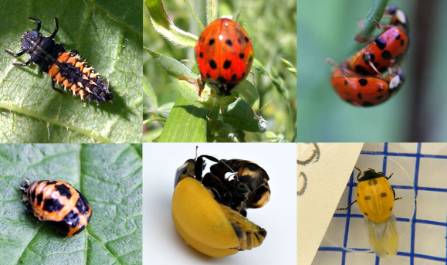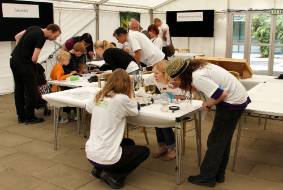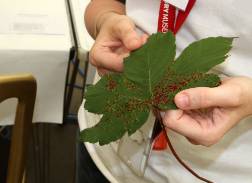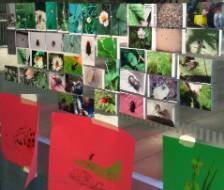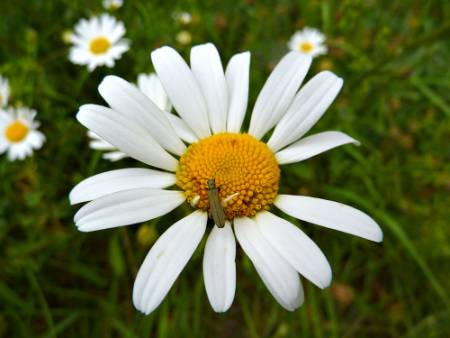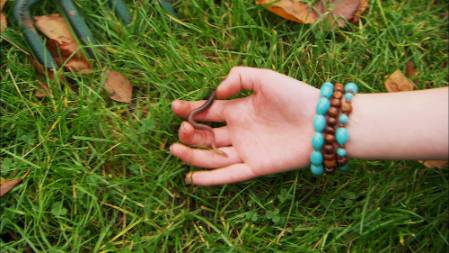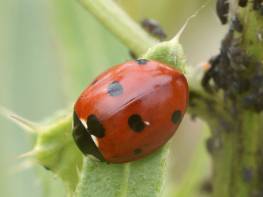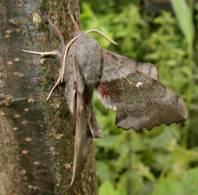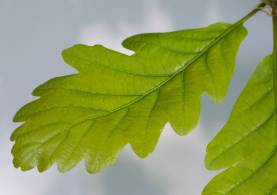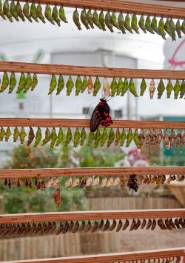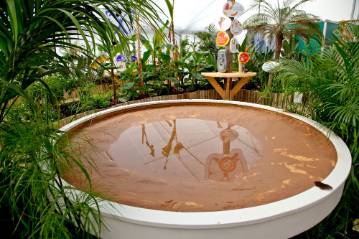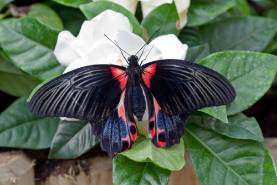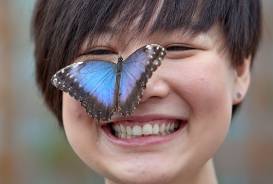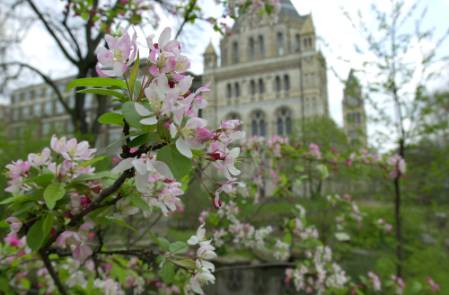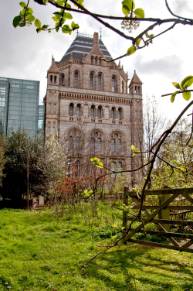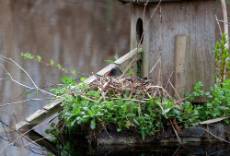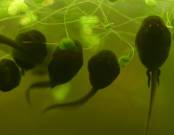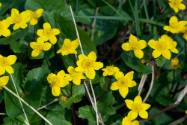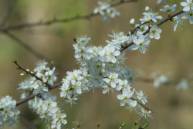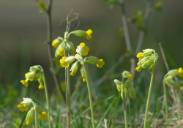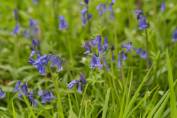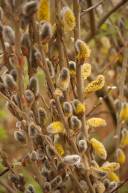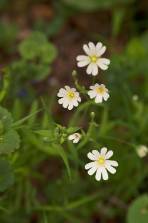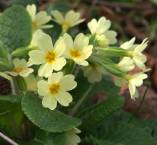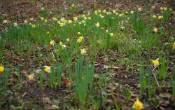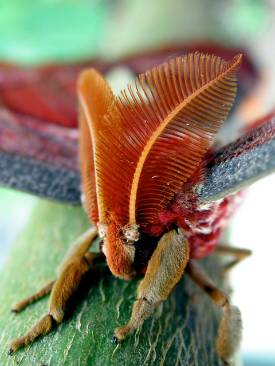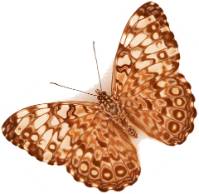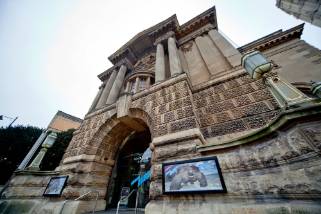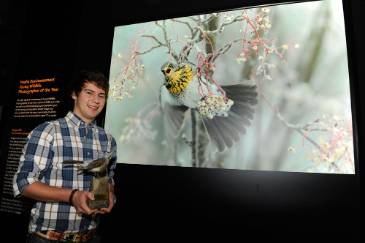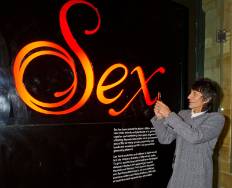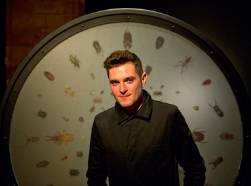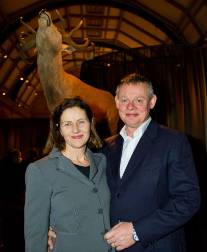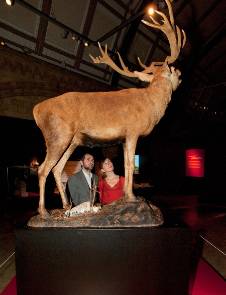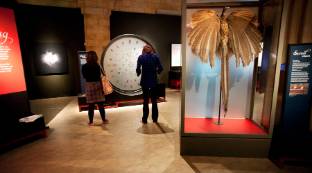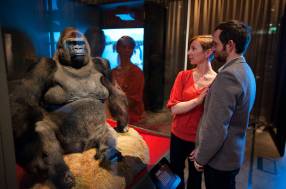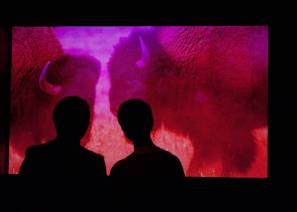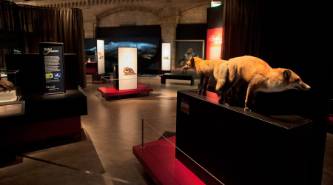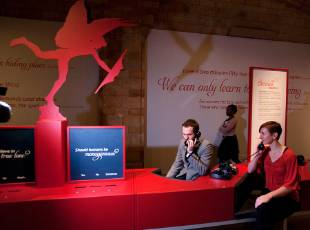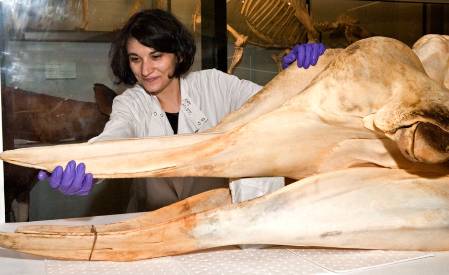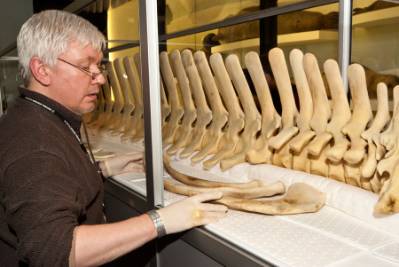Along the streets and alleyways of our future eco-cities there will be borders of wild flowers buzzing with bees and butterflies. Swifts and bats will fly freely again to and from the eaves of public buildings and tower blocks. Glimpses of solar panels, wind turbines and roof gardens, reflected in self-cleaning windows, will frame the high horizon. It will take under 7minutes to walk to your nearest public transport, recycling centre and local farmer's market. A tree-lined park, river or lake will be just as close.
Does it sound romantic and as far away as the Emerald City seemed to Dorothy when she first set foot in Oz? Such improvements to the sustainability, biodiversity and natural quality of urban life are already part of the greening plans for many cities around the world. And for good reason. It's the first time in history we face a situation where half of the world's population is located in urban spaces rather than rural areas. Planning the future of our cities will make or break a green economy.
Above: Green roofs are starting to pop up all over London. Enough of them could cut down flooding risks, help cool the city, and reduce health hazards in the anticipated hot summers that climate change may bring. And make more space for nature.
In places like Curitiba, capital of Brazil's Parana State, and Sweden, to name a couple, there have been big successes in cutting pollution, fuel consumption and waste through innovative city planning. There are also more ambitious schemes for completely new developments such as Masdar City near Abu Dhabi. Masdar is being hailed as the world's first zero carbon city and a showcase for sustainable living.
And what of Britain's most energy-efficient cities? Are they doing as well as they should? Here in London, there has been much talk of the Green Olympics with sustainability embedded firmly in Olympic planning from the outset. Pictured right is the area around east London's Olympic Park site which is being transformed in line with sustainability guidelines.
The costs and benefits of making our cities and urban housing greener and the promise of the greenest-ever Olympics will no doubt be among the hot topics on the agenda of this week's Earth Debate taking place here at the Museum. Olympics sustainability head, David Stubbs, joins the panel of key speakers to discuss Green cities in a green economy.
Green cities in a green economy - how to pioneer a sustainable transition? is on Wednesday 14 March from 19.00 to 20.00 GMT in the Attenborough Studio. Like the last two it folllows a Question Time format with an invited studio audience and four panellists.
Watch the Green cities debate live on our website or join us on our online community to have your say before, during and after the event. On the night, you can contribute questions or comments using #earthdebates on Twitter.
This is our third Earth Debate, organised jointly with our Earth Debates partner, the Stakeholder Forum for a sustainable future, in the lead-up to the UN's Earth summit in June, Rio+20.
Find out more about the Earth Debates and watch the previous debates on video




